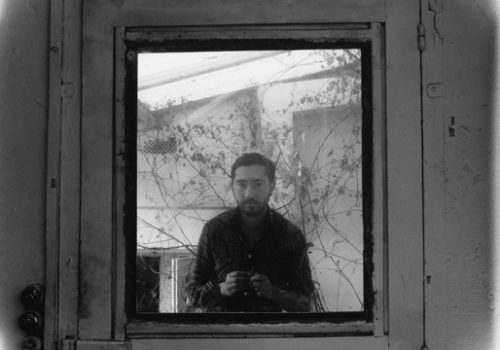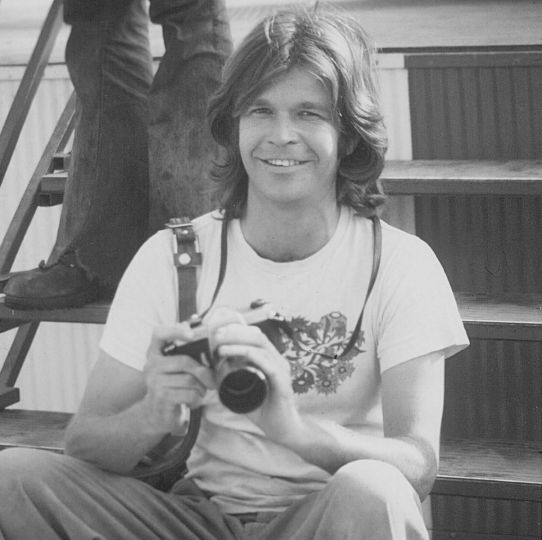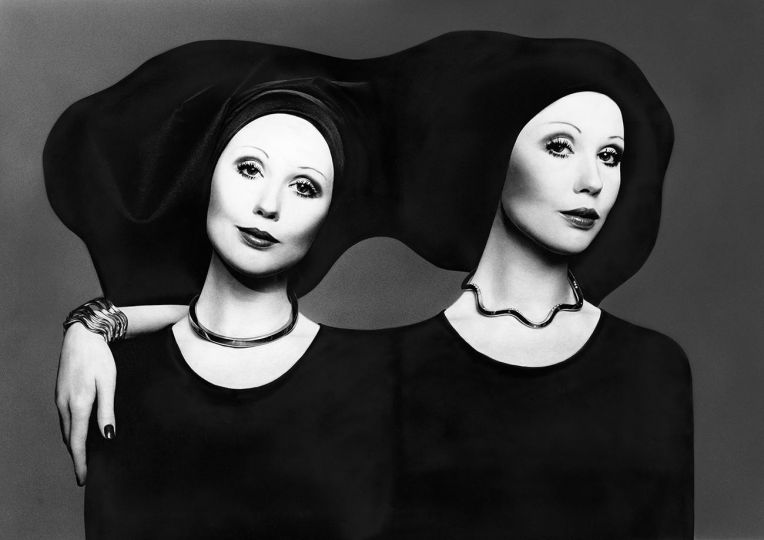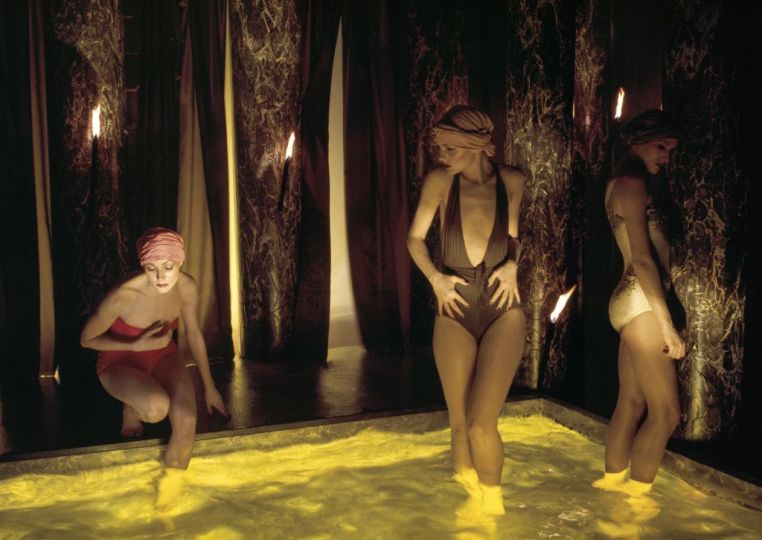Japanese photographer Keiichi Tahara passed away yesterday, Tuesday June 6, 2017. The festival Kyotophographie announced the sad news. Born in 1951, Keiichi Tahara was a prodigy of photography. He first began taking pictures at the age of twelve, formed by his grandfather, a professional photographer. First focusing on Japanese landscapes wandering with his Asahi Pentax, he continued his apprenticeship in France after following a theater troupe on tour in 1973. There, he chose to devote his whole life to photography and published his first series (Environment and Windows). At the age of 26, he won the Grand Prix de la Jeune Photography in Arles in 1977. The following year, his Pièce series, where he captured portraits of writers and artists, won the Kodak Photographic Critics Award. Among other famous series, the public will retain series like Air (1988) and Transparency.
Jean-Jacques Naudet, founder of The Eye of Photography, remembers: “I have a very nice memory of Keiichi. It was in 1987 in Bagatelle where I had organized for Photo an exhibition entitled Jardins secrets de photographes (Secret gardens of Photographers), with drawings from Henri Cartier-Bresson, paintings by Lartigue, Man Ray and Bailey and sculptures of Brassaï and Mappelthorpe, in all fifty photographers. At the opening, Jean-Luc Monterosso (founder and director of the MEP) introduced to me Keiichi. The photographer said to me:
“I also have an inner sanctum: the installation. Can I come tomorrow to make a small one? – Of course ! I replied. And the next day he created a miniature replica of the sand and pebble lawn he had lately achieved in front of the MEP. As the installation was not protected, children could not resist changing Keiichi’s traces. Therefore, he returned every two days, during two months, to restore his creation. The last time I saw Keiichi was at Paris Photo and Yan Morvan made the above portrait. ”
As a seeker of light, Keiichi Tahara discovered other mediums, such as short film. Japan on the sense of light in 1990 and Ashes in 1995 are among his best achievements.
Tahara then became a “sculptor of light”. From the early 2000s, his installations took up most of his time. He continued his researches on light, wishing to unveil memories of the world in the earth of the landscapes “The Silk Road had provided opportunities for diverse cultures and civilizations to mingle. “He went on. “On the way, they breathed other airs, received new lights and fully experienced different times. These experiments became impregnated in the earth, as memory of the world. I think our story carries these markers, like a pile of time and light. In each sedimentary rock there are memories of light and traces of past times. We’re right there on the surface of these layers. ”
His photographies as well as his installations sought to reveal the tiny variations of light. Light allowed him to understand a landscape and dectect its memory in order to write a long story, away from the jolts of man. “The light of Japan, always veiled, has nothing to do with that of France, very brutal and piercing. And the nature of the light, I’m convinced, has an impact on the landscape, the people and even the language we speak, “Tahara said. “In France, it took me time to get used to the climate. As if waiting a long time for the light here to fill my body, and all my habits and what I had in me were transformed into “memories” as traces. But these memories remain confused as the loop of Möbius whose head is as well the tail, and which represent a world of chaos. ”
The artist maintained a romantic relationship with France. Tahara had lived there for thirty years. His early days were shaken by the diversity of France’s landscapes. His photographs has tried to emphasized the nature and the beauty of the hexagon ever since. Many permanent installations, such as Light-Sculpture in Nantes (2005) or Jardin Niwa (2001) at the MEP reamins permanently.
Jean-Jacques Naudet & Arthur Dayras
















